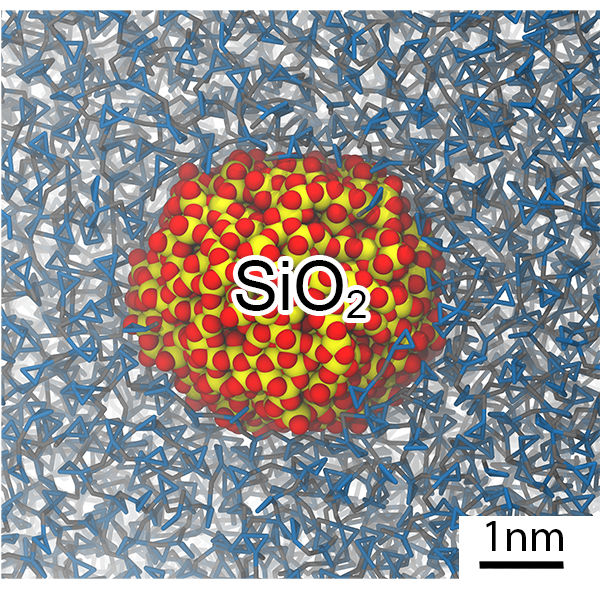
The study of polymer physics revolves around understanding the behavior of these large molecules formed by repeated units. Polymer nanocomposites, attracting significant interest as potential future materials, exhibit distinct characteristics when nanoparticles are introduced at the nanoscale. These inclusions modify mechanical, electrical, and thermal properties compared to pure polymers. Elasticity, a critical aspect, undergoes substantial changes even with the addition of small amounts of nanoparticles. For instance, minor proportions, such as 3 wt. % of nanoparticles can lead to notable alterations in a nanocomposite's storage modulus.
Our research group investigates the localized elastic properties of polymer matrices incorporating nanoparticles. While exploring these properties, we have observed significant enhancements in the local elasticity within a nanometer-scale vicinity surrounding the nanoparticles. Importantly, this alteration occurs with minimal disruption to the polymer's internal structure. Our investigations employ a versatile approach, such as utilizing random matrix models with variable disorder strength, unveiling the role of nonaffine deformations in influencing the observed effects. These studies contribute to a broader understanding of how the disorder affects and modifies the mechanical properties of various polymer nanocomposites.
